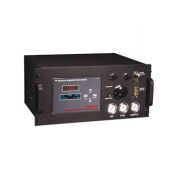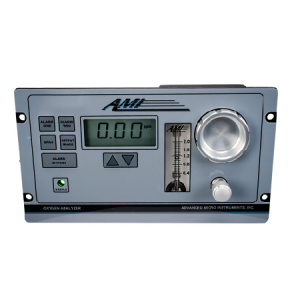Features
- HC measurement in Trace only.
- Technology FID.
- Minimum 0-1 PPM FS.LDL 10 PPB, < 10sec T90.
- Back ground Gas matrix is not a limitations.
- Offering Available for Total hydrocarbon ( Straight Chain or Alkane, Alkenes and Alkynes). Separate Model for VOC based HC. Model
- Totally Heated Unit till FID Chamber.
- Inbuilt Rotary valves for controlling the Fuel Gas and Air with Available N2 port for Dilutions the Sample and enhancing moisture extractions.
Specification
| Operating Temperature | : 40 – 110° F |
| Max power consumption | : 90 VA to 600 VA |
| Outputs | : 0-1 VDC and 4-20 mA DC, Isolated current output |
| Display | : Bright LED concentration display |
Below listed are the related files that can be downloaded to you PC. All the files are in PDF format.







